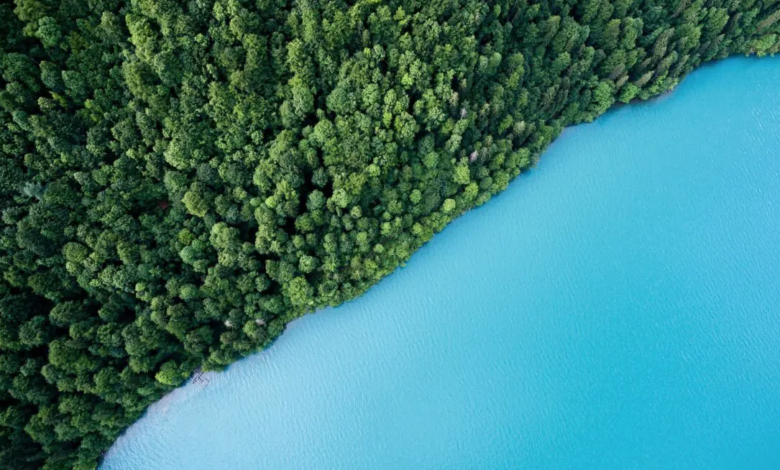Promised land. If everyone cheats on the carbon sinks

Land Gap Report shows unsustainability of global targets on natural carbon sinks
(sustainabilityenvironment.com) – Every year we consume much more resources than the Earth can reproduce in the same time frame. Let’s go to debt, in short. In 2022 we ran out of budget on July 28. It is an average, if we look only at Italy the fateful day fell on May 15 and we would need 5.3 Italie to support our level of consumption. It is clear to everyone that this system is unsustainable. One very similar thing happens with climate promises: everyone cheats, and everyone goes into debt. How? Promising to absorb much more CO2 from the atmosphere through natural carbon sinks than is actually possible.
Unrealistic estimates of carbon sinks
f we do the math right, the promises about the climate action of all states are, overall, completely unrealistic. Adding up the amount of land needed to absorb as much CO2 as the national plans against the climate crisis estimate, we arrive at the astonishing figure of 1.2 billion hectares. It is an immense surface, practically equal to that of all the cultivated land in the world. These are the calculations contained in The Land Gap report, a work carried out by scientists from Australia, Denmark and Sweden.
“This figure shows that countries’ climate commitments are based on unrealistic amounts of carbon removal from the soil,” the authors write. In principle, it is not impossible to reserve more than 1 billion hectares of land for natural carbon sinks. The problem is that this cannot happen “without significant negative impacts on livelihoods, land rights, food production and ecosystems“.
Read also Our ecological debt anticipates, today is the Earth Overshoot Day 2022
Only less than half of the promises on carbon sinks, 551 million ha, “would restore degraded ecosystems”, while 633 million ha would be needed “a land use change to achieve the planned carbon removal, with the potential to shift food production, including sustainable livelihoods for many small farmers”.
What solutions?
These wonderful promises have a precise purpose: to shift carbon sinks a large part of the weight of reducing greenhouse gas emissions, thus avoiding more aggressive (and “expensive” policies in terms of consensus). But in this way, the authors argue, the national climate targets are all poorly calibrated to international targets.
How to rectify the situation? The Land Gap Report suggests the following 4 principles. First, promises must be more detailed. We need to clarify the extent, use and properties of the land that we imagine destined for carbon wells. Secondly, to give priority to the protection of primary ecosystems instead of promising to plant trees: the first solution is ecologically much more effective, especially in the short to medium term. So you can think of reaching 2030 targets to keep global warming within 1.5 ºC.
Thirdly, climate crisis mitigation measures should recognize the wisdom and rights of indigenous peoples as an important asset. Similarly, human rights and food sovereignty must be protected. Finally, strategies should be multifunctional. In this perspective, scientists stress the importance of adopting the principles of agroecology on a large scale.





